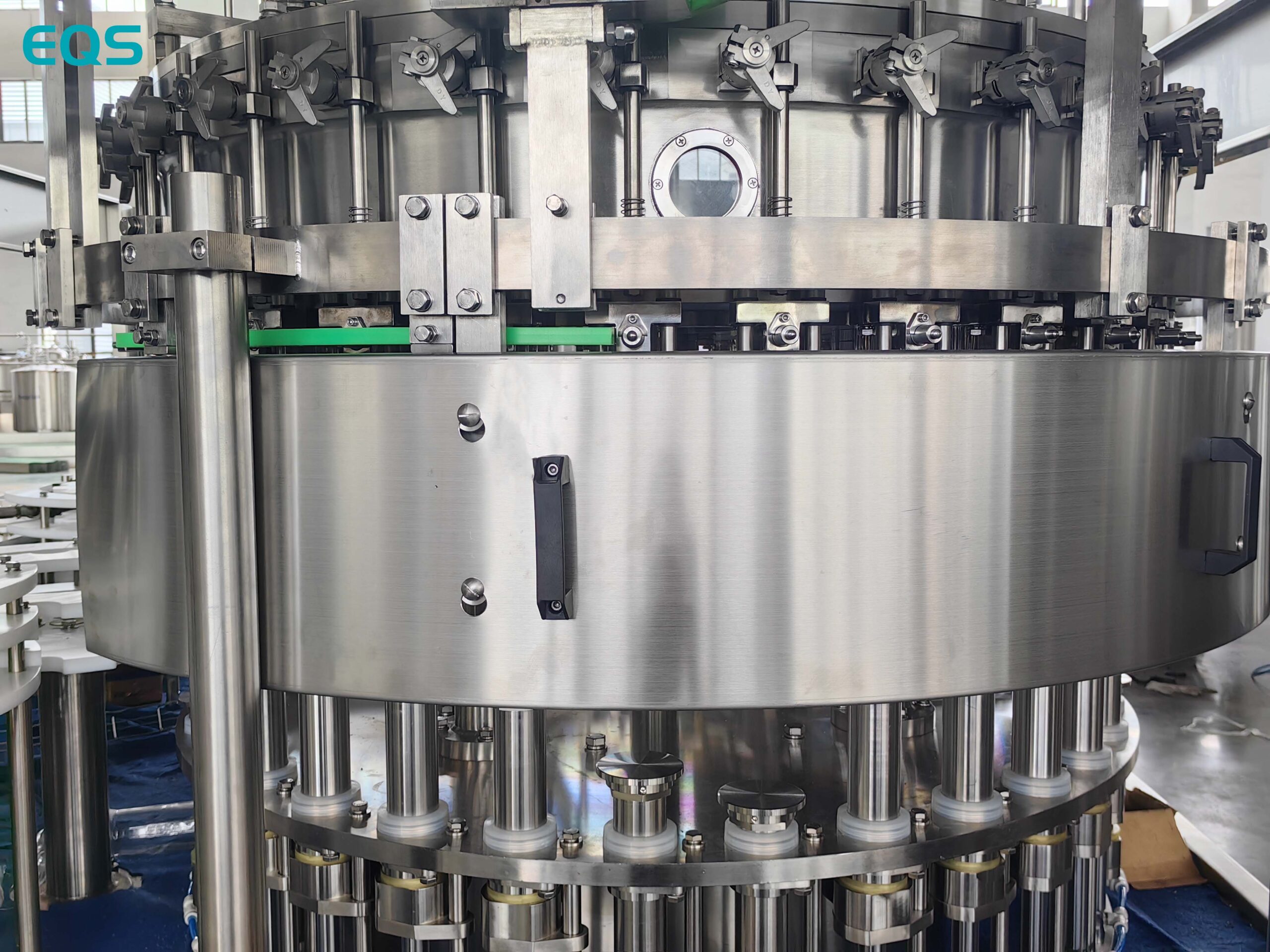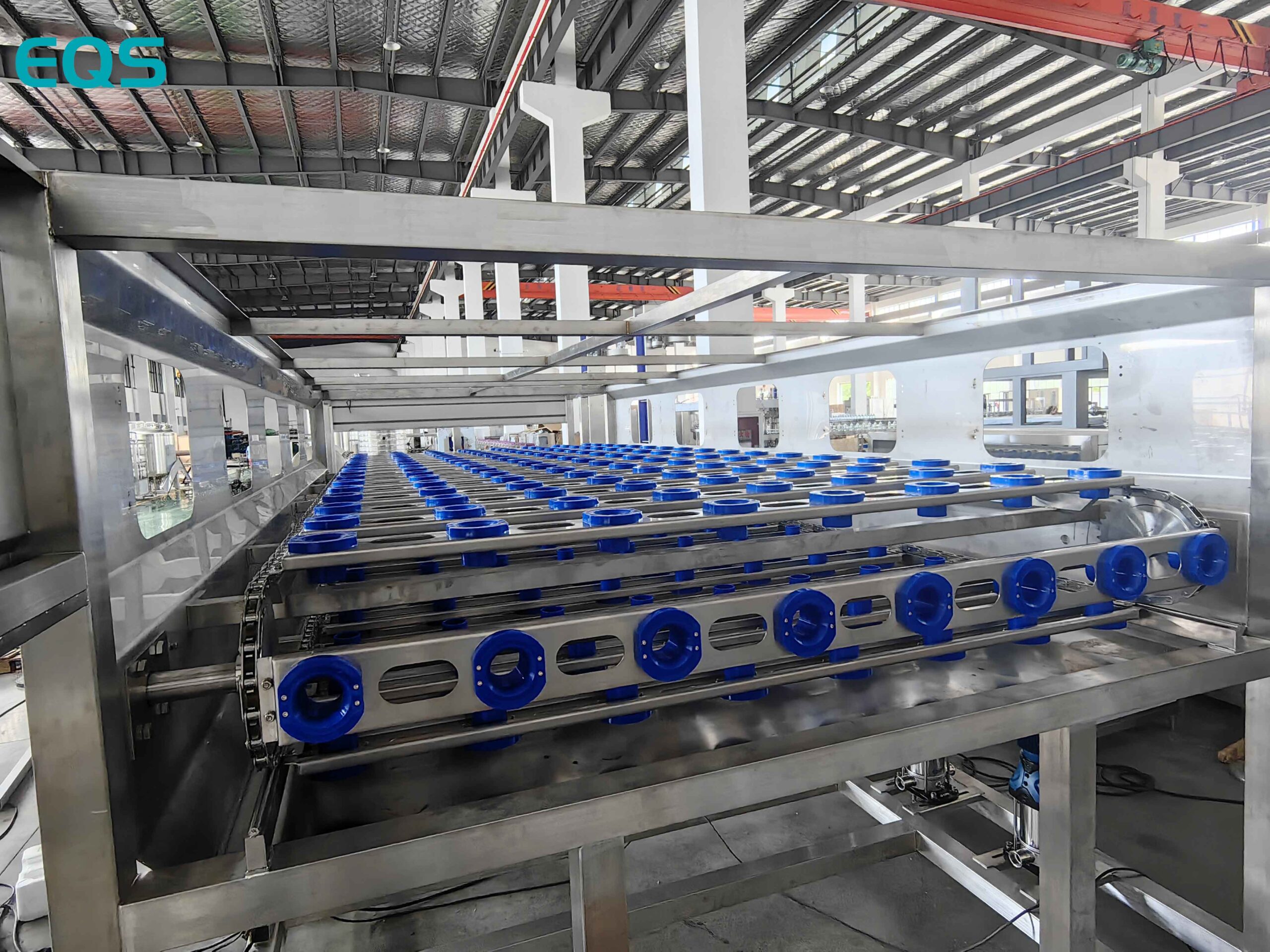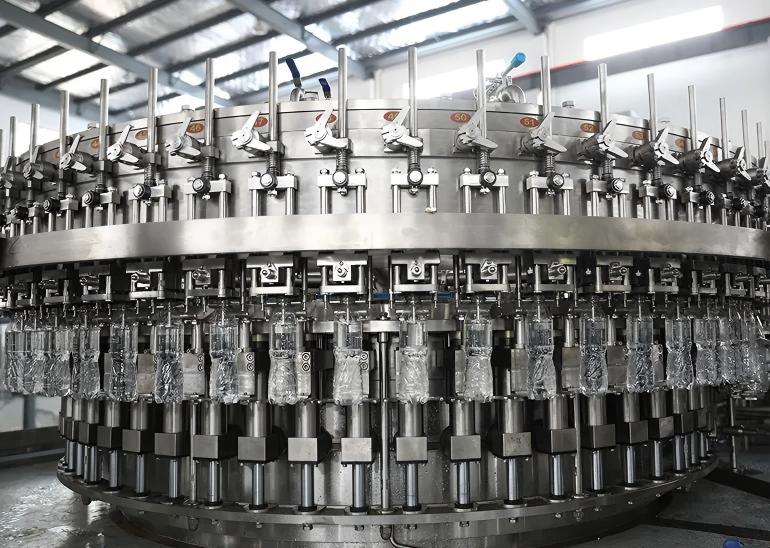Why Does Your Filling Machine Always Leak?
leading paragraph:
Is your filling machine leaking and causing headaches? Let’s fix that!
snippet paragraph:
Filling machines can leak for several reasons: worn seals, loose connections, wrong pressure settings, or issues with the liquid you’re filling. Identifying the cause is the first step to fixing it.

Transition Paragraph:
Let’s dive deeper into the common causes of leaks and how to address them.
Worn Seals
leading paragraph:
Are your seals old and cracked?
snippet paragraph:
Worn seals are a common cause of leaks. Over time, the seals in a filling machine can degrade, crack, or become deformed, leading to leaks. Replacing these seals is often necessary to resolve the issue.
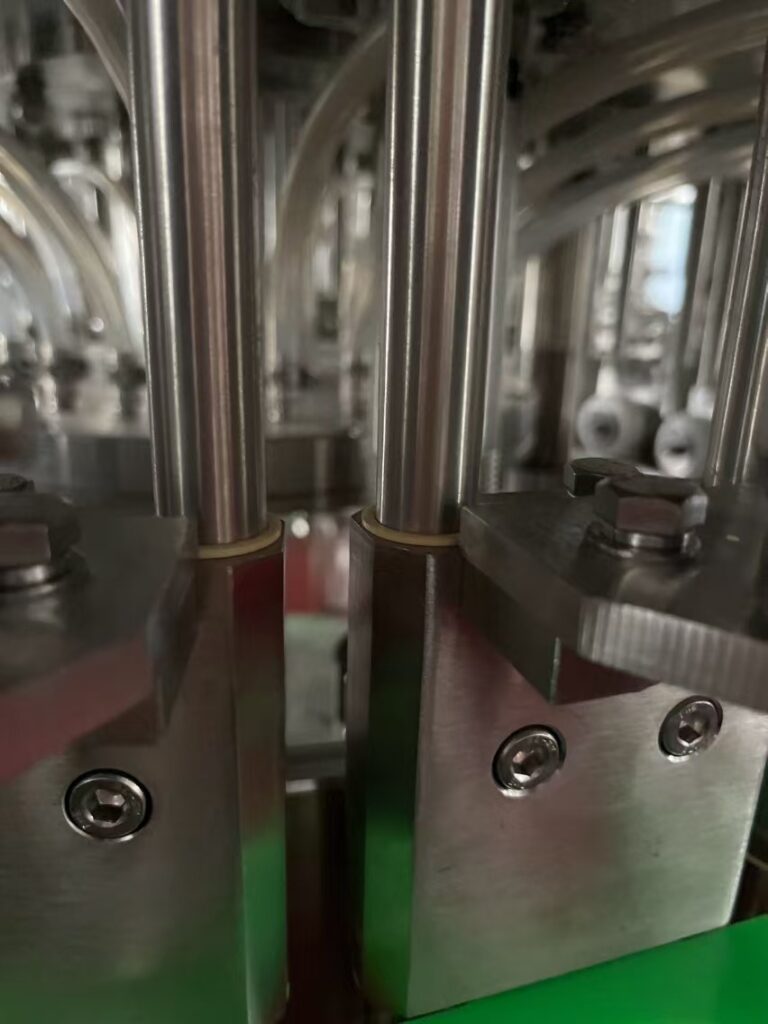
Replacing Worn Seals
| Issue | Solution |
|---|---|
| Cracked Seals | Replace the cracked seals with new ones. Ensure the new seals are compatible with the liquids being filled. |
| Deformed Seals | Replace deformed seals to prevent leaks. Check the seal housing for damage and replace if necessary. |
| Degraded Seals | Use higher-quality seals designed to withstand the chemical properties of the liquids being filled. |
Loose Connections
leading paragraph:
Are all the connections tight and secure?
snippet paragraph:
Loose connections in the filling machine’s tubing, fittings, or nozzles can also cause leaks. Regularly inspect and tighten these connections to ensure a proper seal.
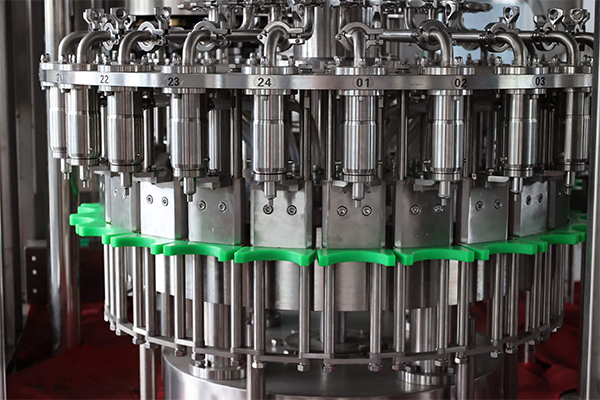
Tightening Loose Connections
| Issue | Solution |
|---|---|
| Loose Fittings | Tighten the fittings using appropriate tools. Be careful not to overtighten, as this can damage the threads. |
| Worn Threads | Replace fittings with worn threads to ensure a secure connection. |
| Incorrect Sealing | Use thread sealant tape on threaded connections to create a tighter seal. |
Inadequate Pressure Settings
leading paragraph:
Is the pressure set too high or too low?
snippet paragraph:
Incorrect pressure settings can lead to leaks. If the pressure is too high, it can stress the seals and connections, causing them to fail. If it’s too low, the machine may not properly dispense the liquid, leading to drips and leaks.
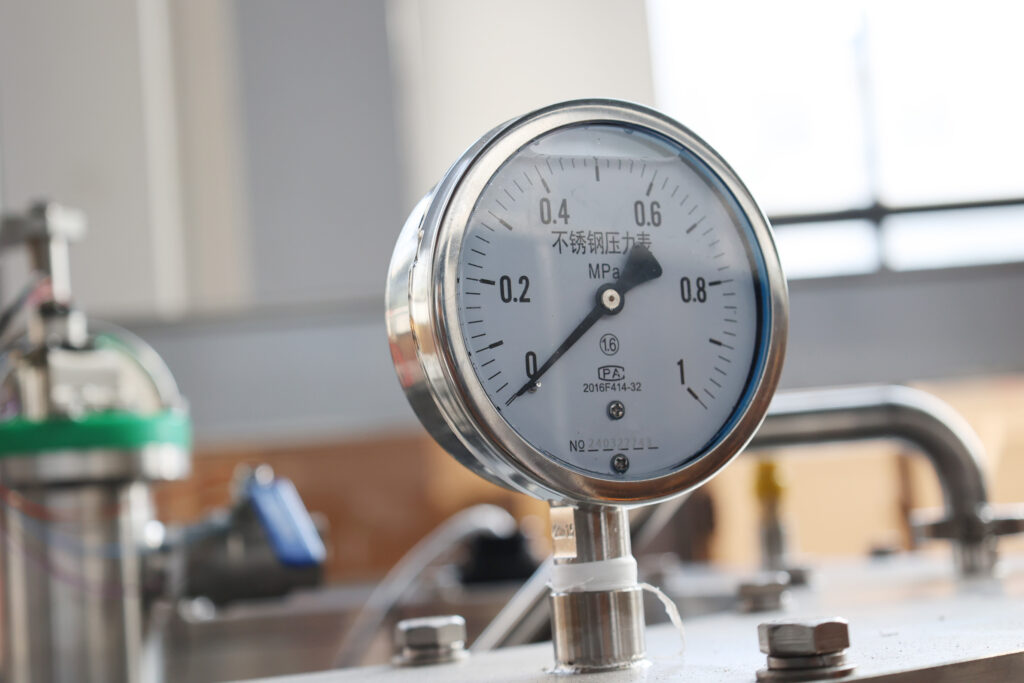
Adjusting Pressure Settings
| Issue | Solution |
|---|---|
| High Pressure | Reduce the pressure to the recommended level for the type of liquid being filled. |
| Low Pressure | Increase the pressure to ensure proper dispensing. Check the machine’s manual for recommended settings. |
| Fluctuations | Stabilize the pressure by adjusting the machine’s regulator or checking the air supply. |
Issues with the Type of Liquid
leading paragraph:
Is the liquid too corrosive or viscous?
snippet paragraph:
The type of liquid being filled can also contribute to leaks. Corrosive liquids can damage seals and connections, while highly viscous liquids may create excessive pressure or blockages, leading to leaks.

Handling Different Types of Liquids
| Issue | Solution |
|---|---|
| Corrosive Liquids | Use filling machines and seals made of materials resistant to corrosion, such as stainless steel or Teflon. |
| Viscous Liquids | Use machines designed for viscous liquids, with wider nozzles and stronger pumps. |
| Liquids w/ Solids | Install filters to remove solids that can clog nozzles and cause leaks. |
Conclusion
To summarize, filling machine leaks can come from worn seals, loose connections, bad pressure settings, or the liquid itself. Regular checks and quick fixes can stop these leaks and keep your machine running smoothly.
My name is Allen, and I’m an expert in filling machine technology at EQS (eqsfilling.com), a leading liquid packaging solution provider based in China. If you’re looking for top-quality filling machines for your production line, feel free to reach out to me at [email protected]. We specialize in providing customizable solutions with cutting-edge technology.



